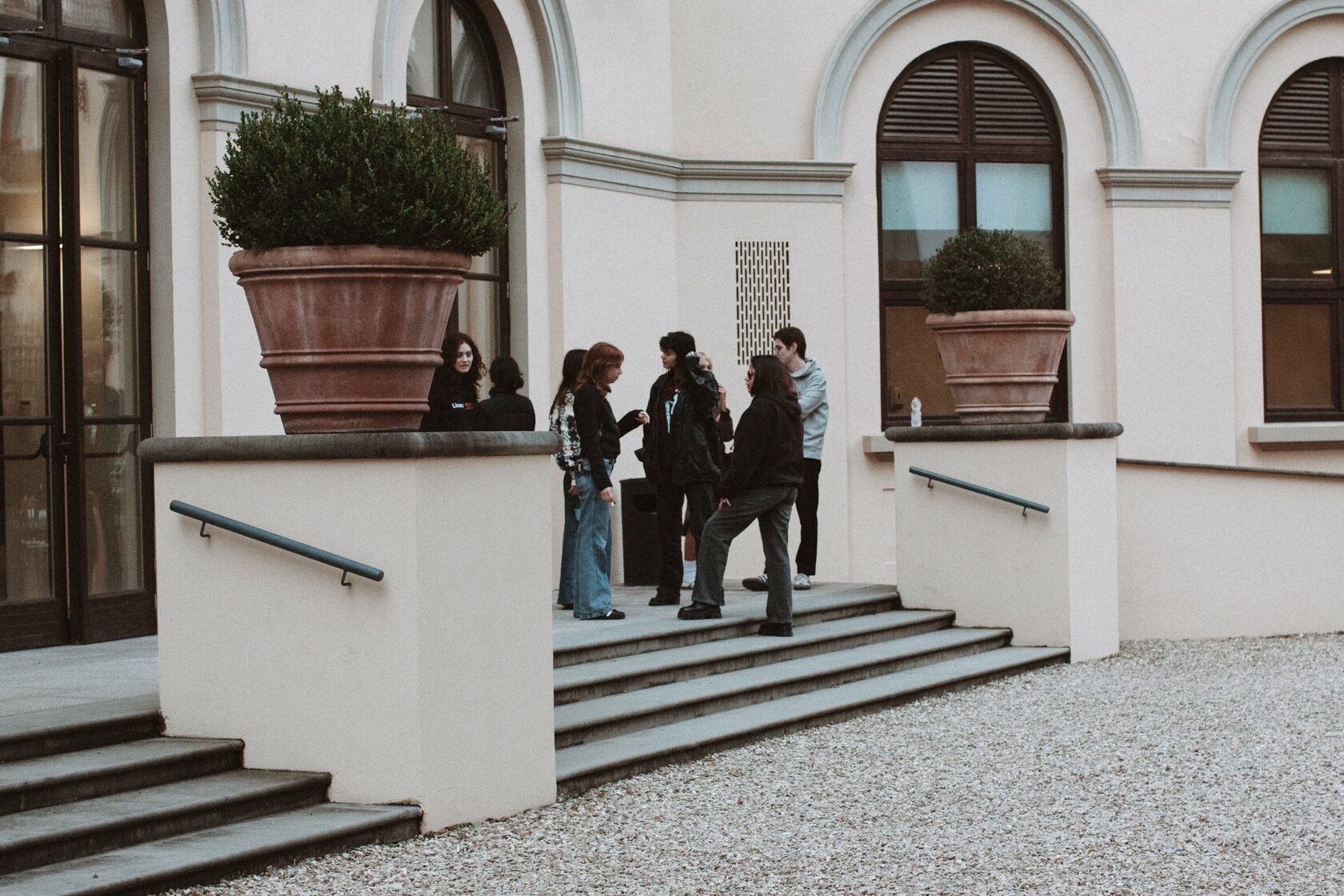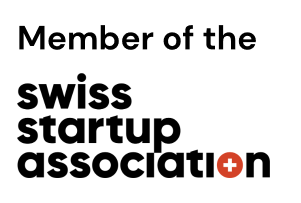The article provides comprehensive guidance for students graduating from school and planning to pursue a career in the fashion industry. It emphasises the importance of early preparation, career exploration, and understanding the specifics of chosen professions within the field. It advises creating a clear roadmap by answering essential questions about the chosen profession and visualising a typical workday. Additionally, it highlights the significance of studying subjects relevant to the first year, building a portfolio, networking, and immersing oneself in the chosen industry. The article also discusses the necessity of time management, hard work, and competitiveness.
Congratulations on achieving this noteworthy milestone in your academic journey! As you stand on the verge of a new, more intricate, and responsibility-laden phase that significantly shapes your career trajectory, I extend my heartfelt congratulations. To aid in your seamless transition into university life and ensure comprehensive preparation, I have curated relevant information specifically tailored for students in their senior year.
Firstly, it is important to think about what job you want in the broad field of fashion. Then, you should explore different universities and their faculties. If there are any entrance exams, make sure you know about them. Understanding the subjects that are important for your chosen department will help you during the admission process. As an extra step, I suggest taking some time to think about two simple questions: “What do I need to do in my chosen job?” and “What will my typical workday be like?” It is helpful to write down your answers in a clear list.
To elucidate further, let’s consider the role of a prospective fashion journalist as an exemple:
This exercise serves not only as a roadmap for your professional journey but also as a means to elucidate the intricate tasks and responsibilities intrinsic to your chosen field, thereby fostering a proactive and informed approach to your future endeavors in the realm of fashion journalism. And this is only part of the answers. For example, if you are a web writer, you will also need to work with a CMS, understand SEO, and know copyright.
Now answer the second question by imagining how your day will look like. For example:
- Generate and present original story ideas to editors, showcasing proactive contribution to the publication;
- Attend and cover fashion events, runway shows, and industry occurrences, furnishing timely and precise reporting on the prevailing trends and developments;
- Scrutinise and edit articles with a discerning eye for clarity, accuracy, and stylistic adherence to editorial standards;
- Conduct interviews with luminaries in the fashion domain, including designers, models, stylists, and other industry insiders, to glean exclusive insights for articles;
- Discern and analyze emerging fashion trends, both on the runway and in street fashion, expounding on their cultural and social implications;
- Undertake extensive research to stay abreast of historical and contemporary trends, industry dynamics, and the oeuvre of prominent designers;
- Evaluate and critique fashion collections, accessories, and beauty products, offering informed opinions on their style, quality, and overall appeal;
- Adhere rigorously to ethical standards in journalism, encompassing meticulous fact-checking, avoidance of conflicts of interest, and the advocacy of responsible reporting;
- Participate in and cover major fashion events, including Fashion Weeks, award ceremonies, and product launches, contributing to the comprehensive coverage of the industry;
- Collaborate synergistically with photographers and leverage visual elements to augment storytelling, be it through photo essays, multimedia presentations, or video content.
This exercise serves not only as a roadmap for your professional journey but also as a means to elucidate the intricate tasks and responsibilities intrinsic to your chosen field, thereby fostering a proactive and informed approach to your future endeavors in the realm of fashion journalism. And this is only part of the answers. For example, if you are a web writer, you will also need to work with a CMS, understand SEO, and know copyright.
Now answer the second question by imagining how your day will look like. For example:
Morning:
Afternoon:
Evening:
Wrap-Up:
- Check emails and catch up on industry news;
- Attend meetings to discuss assignments and plan coverage;
- Research assigned topics and stay updated on industry trends.
Afternoon:
- Write and edit articles, reviews, or features.
Evening:
- Develop and pitch new story ideas to editors;
- Engage on social media, share insights, and interact with the audience;
- Attend evening events or parties for further networking.
Wrap-Up:
- Reflect on the day, review tasks for tomorrow, and plan upcoming assignments.
Job vacancies will help you answer these questions. Open 10 vacancies for the profession you want to study and carefully analyze the responsibilities. This way, you will understand what you have to do and what your day will look like. By answering these questions, you will gain a complete picture of your future profession and know what you need to be prepared for – what skills to develop before entering university.
Take, for example, the “designer” profession. I know that many students draw a lot in preparation for entering the design professions. And they do produce perfect academic sketches, which is certainly a necessary skill for a designer. But beyond that, they need to know the history of fashion houses to understand the DNA of brands, have analytical skills to analyse trends, have communication skills to meet with vendors, and be able to work in a team. Therefore, you can devote your last year at school to studying the history of fashion houses and take a course in fashion trend forecasting. If you have these subjects at the university, you will be able to show your knowledge, stand out from the crowd, and attract teachers’ attention. I know of cases when fashion graduates, getting a job, were interviewed in a company by their former professors, and they hired them because they remembered them as hard-working and responsible students.
When I started my journalism studies, I faced two tough subjects in the first semester – world and European history. Because history was not my strong suit, I worried about getting expelled early on. Looking back, I understand that if I had studied those topics a few months before the academic year started, it would have saved me from many sleepless nights and tears. Watching educational videos on YouTube and listening to podcasts about the subjects we were going to learn would have made it much easier for me.
Immerse yourself in the chosen industry
Subscribe to influencers such as renowned designers, models, fashion editors, and creative directors. Follow fashion brands on LinkedIn, select several reputable fashion Telegram channels, and dedicate half an hour daily to stay informed with industry news. This proactive approach ensures you are well-versed and ready to integrate seamlessly into the dynamic world of fashion upon entering university.
Building connections is equally essential
Network with current students, alumni, and faculty members. Attend pre-college events or orientation sessions, fostering early relationships within the university community. Establishing connections before the first weeks of training guarantees a supportive network, making the initial period less isolating.
Start crafting your portfolio
For aspiring journalists, initiate a blog - there is no need for a prestigious internship to gain experience. Utilise platforms like Instagram or TikTok for content dissemination. As a designer, develop your sketching prowess; if you are interested in sewing, create your prom dress. Photographers can hone their skills by capturing moments with friends, while marketers can launch and develop an Instagram page. Moreover, be aware that some universities conduct entrance interviews, where your experiences are valuable. Whether you have managed a blog, sewn a dress, captured stunning photographs, or curated an engaging Instagram page, your portfolio becomes a testament to your passion and dedication. In essence, by proactively engaging with your coursework, industry, networking, and portfolio creation, you pave the way for a successful and fulfilling academic journey.
Strong time management, hard work, and the art of competition
I am a fan of “The Devil Wears Prada.” While the movie may be a well-worn favourite, Andrea’s character remains a shining example of the level of competitiveness required.
Firstly, it is no secret that educators take notice of passionate students who dedicate themselves to their work, studying diligently from morning to evening. Achieving this demands not only hard work but also effective time management to prevent burnout.
Secondly, the fashion industry operates as a 24/7 competition. Succeeding requires putting forth your best effort, continual improvement, and coping with setbacks. Dealing with rejection was a challenge for me initially, but it taught me valuable lessons:
Finally, it is crucial to prioritise recovery final school exams and before the university year commences. Embrace proper nutrition, adhere to sleep patterns, engage in physical activity, and safeguard mental health. Taking breaks and ensuring quality rest is vital, providing the essential strength needed to pursue and achieve your goals.
Firstly, it is no secret that educators take notice of passionate students who dedicate themselves to their work, studying diligently from morning to evening. Achieving this demands not only hard work but also effective time management to prevent burnout.
Secondly, the fashion industry operates as a 24/7 competition. Succeeding requires putting forth your best effort, continual improvement, and coping with setbacks. Dealing with rejection was a challenge for me initially, but it taught me valuable lessons:
- Competitiveness transcends merely outdoing others; it involves your continuous improvement, innovation, and contributing value to the industry;
- Gradual entry into the competitive arena is essential. Many seasoned professionals advise against freshmen, lacking practical experience, aiming for high-profile opportunities like Max Mara shows or Vogue articles. Progression should be strategic – start with a blog, engage in sewing for friends, secure internships, step into junior positions at smaller companies, accumulate experience, and then pursue more significant roles. Applying to Vogue without prior experience poses a significant risk of rejection;
- Set SMART Goals – define Specific, Measurable, Achievable, Relevant, and Time-bound objectives to guide your journey.
Finally, it is crucial to prioritise recovery final school exams and before the university year commences. Embrace proper nutrition, adhere to sleep patterns, engage in physical activity, and safeguard mental health. Taking breaks and ensuring quality rest is vital, providing the essential strength needed to pursue and achieve your goals.








